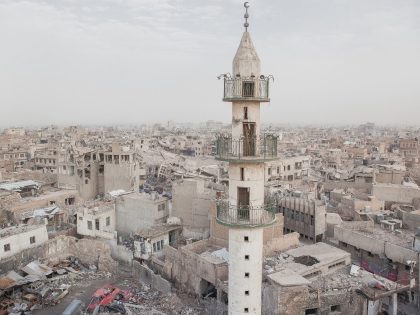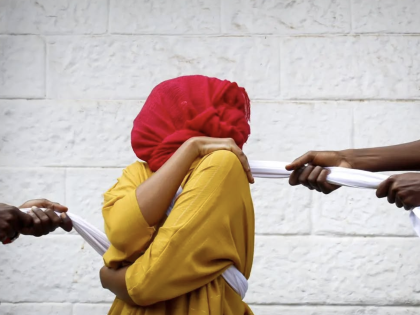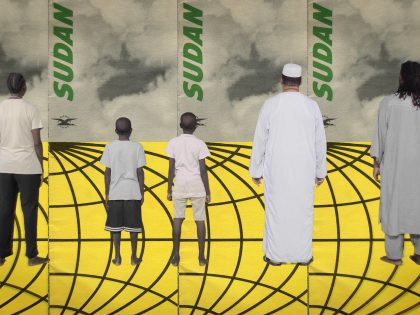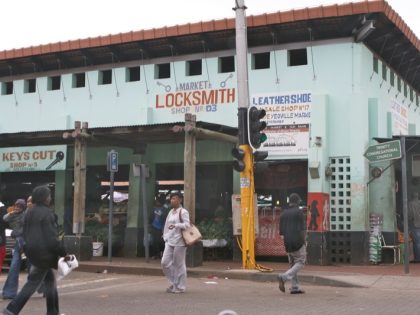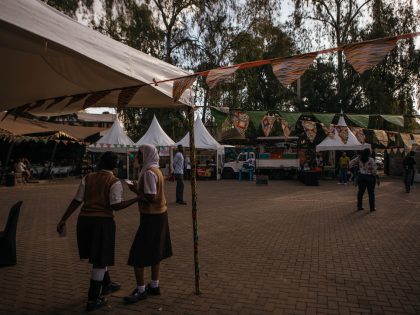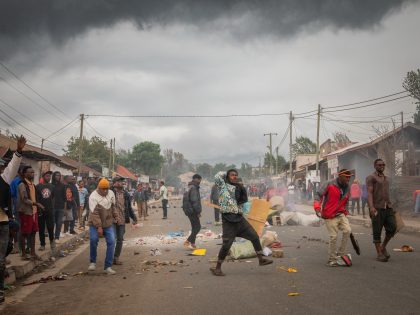Somalis on Ice
"Unlikely Sports Heroes" partially serves to reinforce the image of inferiority. They never actually win anything.

Members of the Somali bandy team. Via Wiki Commons.
Goodbye Eric The Eel! Shuffle over, Jamaican bobsleigh team of 1988! There’s a new team in town: The Somali national bandy team. And of course, the media is all over it. For those uninitiated in this rather marginal sport, it’s similar to ice hockey except with football-sized fields and goals, more players and a ball instead of a puck. According to the official story, the Somali national team was formed as an integration project in Borlänge, Sweden, and is aiming for this year’s world championships in Irkutsk, Russia. They’ve even managed to recruit notorious hardman and troublemaker Pelle Fosshaug to coach them. And none of the players have been part of a bandy team before!
Isn’t it a fantastically heartwarming story, though? The underdogs, struggling to affirm our shared humanity? “A bit crazy, lovely, picturesque,” as Fosshaug says? The media certainly seems to think so. Literally every single large-sized media institution in Sweden has covered the story, as have Norwegian and Finnish media, and Reuters, and the Wall Street Journal, and the BBC, twice. (They’ve also contributed our “delightful” post title.) Now film crews from bandy non-entities France, Holland and Britain are following the team as they fight to obtain visas in time for their big show.
Why the huge interest, from media that normally write no bandy articles at all? Clearly, the story structure itself trumps any other concerns. Inscrutably paradoxical media logic dictates that the best way to show humanity and uniqueness is to reduce people to clichéd archetypes, individuals co-opted into symbols. Stories from Africa or covering Africans are never really about people, of course; they’re about images, ideas, stereotypes of people. The Unlikely Sports Heroes are just another iteration, and one that partially serves to reinforce the image of inferiority. Because Unlikely Sports Heroes never actually win anything.
And these stories have another irresistible media quality: the contrarian story, the “man bites dog,” the news that they claim goes against the norm. “Somalis playing bandy” is but a slight twist to that seemingly endless trope, “non-white people skateboarding,” in Afghanistan, Pakistan, Haiti, Uganda, wherever. Or what sometimes seems to be the most-filmed story cliché about Africa in the past few years, the heavy metal music scenes in Mozambique, Angola, Botswana or Soweto. And even though it is told again and again, the story is always presented as unexpected, that this is something that “goes against the image” of Africa. Thus, in its very exceptionality, reinforcing that stereotypical image rather than shaking it.
And the thing is, of course, that marketers know what kind of double stereotypes the media crave. Planting a story by making it appealing to the press is a time-honoured tactic, and in an era where proper journalism is increasingly scarce it has become an ever-more-common and ever blurrier generator of news. At the apex, the news, the marketing and the spectacle all get mixed up into semi-fictional events without a clear source or instigator, into what columnist Rob Walker once dubbed murketing — marketing for its own sake, promotion without an obvious promotee. Here in Sweden, infamous PR Agency Studio Total has had a politician burn money, dropped teddy bears over Belarus, faked bloggers and pretended technology could interpret dog thoughts, all eagerly lapped up by the international media.
So what about this story? Is it murketing? Alarm bells should probably start ringing when you realise that there was a film project in conjunction with a major television channel before there even was a team:
In cooperation with the Swedish television profiles Filip and Fredrik, production companies Mexico Media and Thelma/Louise and Channel 5, a feature film will be made to depict the project. The film will be shown in 2014.
Consultants are brought in to manage every aspect of the team’s image; even the Somali IOC delegate Daqa Niamkey (interviewed by the project) talks about it as “an opportunity to change the image” of Somalia more than a potential sports feat. However much the individual team members are fighting for success (and good luck to them!) the whole project doesn’t really seem to be about them at all.
The question is, in whose eyes is that “image” supposed to be changing? There’s been a significant discussion in Sweden this autumn about whether the whole idea of trying to “change the image” of various immigrant groups is bunk, because it shifts the supposed problem to those who are at the receiving end of a “bad image” which, let’s be clear about this, is quite literally a synonym for racist prejudice. Putting the impetus on Somalis to “integrate,” as this project supposedly does, ignores the horrible reality of a Sweden where hate crimes against Somali people are on the rise, where 76% of the population perceives ethnic discrimination to be widespread, where the gap in average level of employment between Somalis and the entire population is 52 whole percentage units, three times as large as the UK or the US. Perhaps, instead of trying to “change the image” of Somalia through “integration” and marketing spectacles, Sweden should take a long hard look at its own structural racism instead.












